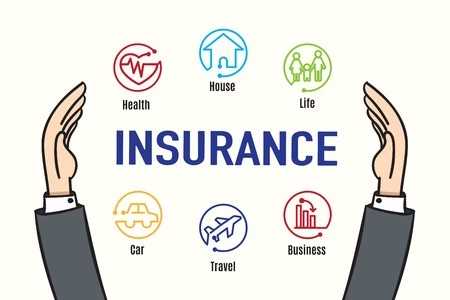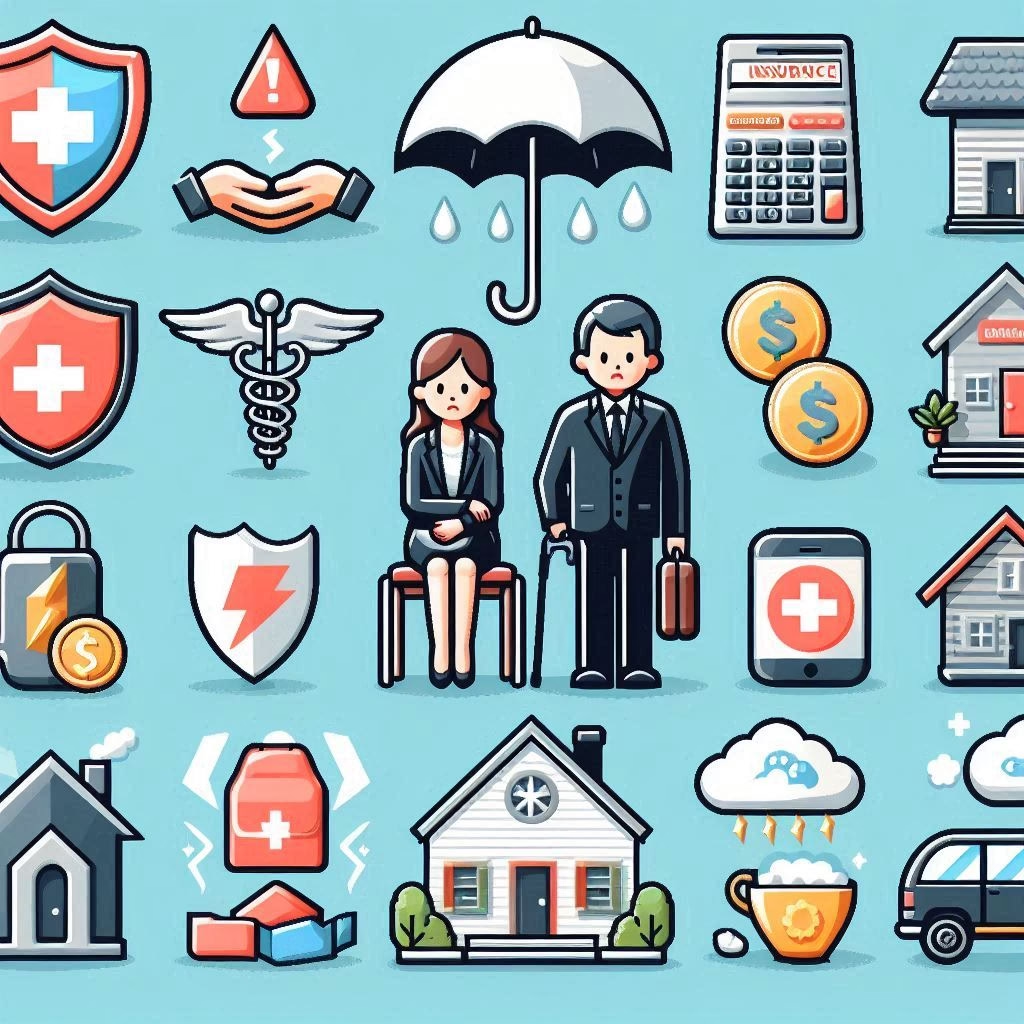Did you know that nearly 60% of consumers prefer buying products in bundles to simplify their shopping experience? This preference has led businesses to adopt bundling as a key strategy to boost sales and customer satisfaction. By combining complementary products or services into attractive packages, businesses create value for their customers while increasing their average sale value.
As a consumer, you benefit from bundling through simplified purchasing decisions and cost savings. For businesses, it means increased sales opportunities and better customer engagement. The concept of bundle deals has evolved significantly, transforming from a simple retail tactic to a sophisticated marketing approach used across various industries.
Key Takeaways
- Bundling simplifies purchasing decisions for consumers.
- Businesses can increase sales opportunities through strategic bundling.
- The value proposition of bundling benefits both parties.
- Bundling has evolved into a sophisticated marketing strategy.
- Consumers prefer bundled products for convenience.
- Bundling can lead to cost savings for consumers.
Understanding the Power of Bundling
To unlock the full potential of your sales strategy, it’s essential to understand the power of bundling. Bundling is a sales technique that involves packaging multiple products or services together, often at a discounted price. This approach has been widely adopted across various industries, including retail, telecommunications, and software.
What Is Product and Service Bundling?
Product bundling refers to the practice of combining multiple products or services into a single offering, often at a special price. This can include pairing complementary items, such as a shampoo and conditioner set, or creating a “starter kit” with essentials for beginners. By bundling products, businesses can create a perceived value for customers while increasing average order value.
The concept of bundling can be broken down into two main categories: pure bundling and mixed bundling. Pure bundling involves selling products or services only as a bundle, while mixed bundling allows customers to purchase items individually or as part of a bundle.
| Bundling Type | Description | Example |
|---|---|---|
| Pure Bundling | Products or services sold only as a bundle | Software suite with multiple tools |
| Mixed Bundling | Products or services available individually or as a bundle | Shampoo and conditioner set, available separately or together |
Why Bundling Has Become a Popular Strategy
Bundling has gained popularity as a business strategy due to its ability to simplify the customer decision-making process and increase average order value. By offering multiple products or services together, businesses can create a perceived value for customers, making it more likely that they’ll make a purchase.
Additionally, bundling allows businesses to move inventory more efficiently, reducing waste and increasing revenue. As the retail landscape continues to evolve, bundling has become an essential strategy for businesses looking to stay competitive.
Key Bundling Benefits for Businesses
By adopting a bundling strategy, businesses can unlock a multitude of benefits that directly impact their bottom line. Bundling is a versatile approach that not only boosts sales but also streamlines inventory management and reduces operational costs.
Increased Sales and Average Order Value
Selling a bundle to a customer rather than a single product is an instant boost to both sales and average order value (AOV). When customers purchase multiple items together, they tend to spend more than they would on a single product, leading to increased revenue for businesses. This strategy is particularly effective in e-commerce, where bundling can be used to promote slow-selling items alongside bestsellers.
Optimized Inventory Management
No merchant wants to deal with deadstock and unnecessary inventory costs. It’s estimated that 20 to 30 percent of inventory is deadstock for the average e-commerce seller. Bundling allows brands and retailers to efficiently move excess stock by combining it with other items. This approach helps businesses avoid inventory obsolescence and reduces the financial burden associated with holding excess stock.
“Bundling enables businesses to creatively manage their inventory, turning potential liabilities into revenue-generating opportunities.”
Reduced Marketing and Shipping Costs
Selling items in a bundle means you can promote a set of products as one product, paring down marketing costs. By marketing a bundle, businesses can reduce the complexity and expense associated with promoting multiple individual products. Additionally, shipping multiple items together in one package leads to less packaging and overall shipping costs, further enhancing the bottom line.
| Bundling Benefits | Description | Impact on Business |
|---|---|---|
| Increased Sales | Boosts average order value | Higher revenue |
| Optimized Inventory | Moves excess stock | Reduced inventory costs |
| Reduced Marketing Costs | Simplifies marketing efforts | Lower marketing expenses |
| Reduced Shipping Costs | Less packaging and shipping | Lower operational costs |
In conclusion, bundling offers businesses a powerful strategy to enhance sales, optimize inventory, and reduce operational costs. By understanding and leveraging these benefits, businesses can improve their overall profitability and competitiveness in the market.
How Bundling Creates Value for Customers
Bundling is a powerful strategy that not only benefits businesses but also creates significant value for customers. By packaging multiple products or services together, businesses can offer their customers convenience, savings, and an enhanced overall experience.
Cost Savings and Perceived Value
One of the primary ways bundling creates value for customers is through cost savings. When products or services are bundled together at a discounted price, customers perceive that they are getting a better deal compared to buying each item separately. This perception of value is crucial as it directly influences purchasing decisions.
Simplified Decision-Making Process
Bundling simplifies the decision-making process for customers. Instead of evaluating multiple products or services individually, customers can choose whether the bundle meets their needs. This convenience reduces the cognitive effort required to make a purchase, making the buying process more efficient.
Enhanced Customer Experience
The overall customer experience is also enhanced through bundling. By providing complete solutions rather than requiring customers to identify and purchase each component separately, businesses can increase customer satisfaction. Bundles ensure that customers have all the necessary products or services for optimal use, thereby enhancing their overall satisfaction.
| Bundling Benefits | Description | Customer Impact |
|---|---|---|
| Cost Savings | Bundled products or services at a discounted price | Increased perceived value |
| Simplified Decision-Making | Fewer choices to make | Reduced decision fatigue |
| Enhanced Experience | Complete solutions provided | Increased customer satisfaction |
In conclusion, bundling creates significant value for customers by offering cost savings, simplifying the decision-making process, and enhancing their overall experience. By understanding these benefits, businesses can tailor their bundling strategies to better meet the needs of their customers, ultimately driving customer satisfaction and loyalty.
The Psychology Behind Effective Bundling
Understanding the psychology behind bundling can significantly enhance your marketing strategy. Bundling isn’t just about offering multiple products together; it’s about understanding how this strategy influences customer behavior and decision-making.
Perceived Value and Quality Perception
When you bundle products, you’re not just offering multiple items; you’re creating a perception of value. The “presenter’s paradox” suggests that when products of different perceived values are bundled, the overall perceived value can be higher than the sum of its parts. This means that by bundling a high-value product with a lower-value one, you can create a bundle that’s perceived as having a higher overall value. For instance, bundling a premium product with a complementary lower-priced item can make the overall package more appealing to customers.
The perceived quality of the bundle is also influenced by the quality of the individual products. If one product in the bundle is of high quality, it can elevate the perceived quality of the entire bundle. This is particularly effective when the bundled products are complementary, enhancing the overall customer experience.
Combating Choice Overload
The paradox of choice, or choice overload, suggests that too many options can overwhelm customers, making them less likely to make a purchase. By offering products in bundles, you simplify the decision-making process for your customers. Instead of evaluating multiple individual products, customers only need to decide whether the bundle meets their needs. This reduction in decision-making complexity can lead to increased customer satisfaction.
Some key psychological aspects that make bundling effective include:
- The psychology of anchoring, where the value of the bundle is perceived in relation to the anchor price.
- Mental accounting, where customers mentally allocate the cost of the bundle across its components, making it seem more reasonable.
- The fear of missing out (FOMO), particularly with limited-time bundle offers, which can prompt customers to make a purchase sooner rather than later.
By understanding these psychological principles, you can create effective bundling strategies that not only appeal to your customers but also drive sales and enhance customer satisfaction.
7 Types of Product Bundling Strategies

Product bundling is a versatile marketing tactic that comes in multiple forms, each with its unique benefits. By understanding and implementing the right bundling strategy, you can enhance customer satisfaction, increase average order value, and drive business growth.
Pure Bundling vs. Mixed Bundling
Pure bundling involves selling products only as a bundle, whereas mixed bundling allows customers to buy products individually or as a bundle. Pure bundling can simplify the buying process, while mixed bundling offers flexibility. For instance, a software company might offer a suite of tools as a bundle, while also selling individual tools for customers with specific needs.
Cross-Sell and Complementary Bundles
Cross-sell bundles pair complementary products that customers might not have thought to buy together, enhancing their overall experience. For example, bundling a smartphone with a protective case and headphones. This strategy not only increases average order value but also improves customer satisfaction by providing a more comprehensive solution.
New Product Introduction Bundles
New product introduction bundles help launch new products by pairing them with established bestsellers. This strategy can generate buzz around the new product and encourage customers to try it. For example, a company introducing a new flavor of coffee might bundle it with their popular coffee maker.
Inventory Clearance Bundles
Inventory clearance bundles help clear excess stock by offering slow-moving or excess items at a discounted rate when combined with popular products. This strategy can help manage inventory levels and reduce waste. For instance, bundling a less popular accessory with a best-selling electronic device.
Gift and Seasonal Bundles
Gift and seasonal bundles are designed to make gift-giving easier and capitalize on holiday shopping and special occasions. These bundles are often packaged attractively to make them more appealing as gifts. For example, a holiday bundle might include a selection of gourmet foods or luxury candles.
Mix-and-Match Bundles
Mix-and-match bundles allow customers to customize their package based on their preferences, offering a range of products to choose from. This strategy caters to diverse customer needs and can increase customer satisfaction.
BOGO (Buy-One-Get-One) Bundles
BOGO bundles are a simple yet effective strategy for increasing sales volume. By offering a second product free or at a discounted rate with the purchase of one, businesses can incentivize customers to buy more.
By understanding and leveraging these seven types of product bundling strategies, you can create effective bundles that meet your customers’ needs and drive business success.
Implementing Bundling Benefits in Your Business
The key to a successful bundling strategy lies in understanding your customers’ needs and preferences. To effectively implement bundling benefits in your business, you must carefully consider several factors, including product selection, pricing, and marketing.
Identifying Bundle-Worthy Products or Services
To start, you need to identify which products or services are suitable for bundling. Analyze your inventory and sales data to determine which items are frequently purchased together or complement each other. Ask yourself: “Do we need it?” Ensure that the bundled plans align with your company ethos and fill gaps in your current offerings. Consider customer data to understand their preferences and pain points.
Determining the Right Pricing Strategy
Pricing is a critical aspect of your bundling strategy. You can adopt various pricing approaches, such as percentage discounts, fixed-price bundles, or tiered pricing. To determine the optimal discount level, balance customer value with profitability. Ask: “How much is it?” Ensure you’re getting the right discount for your bundle while maintaining profitability.
| Pricing Strategy | Description | Benefits |
|---|---|---|
| Percentage Discounts | Offer a percentage off the total price of bundled items | Easy to understand, incentivizes larger purchases |
| Fixed-Price Bundles | Charge a single price for the bundled products or services | Simplifies purchasing decisions, can increase average order value |
| Tiered Pricing | Offer different levels of bundles at varying prices | Caters to different customer segments, increases flexibility |
Marketing Your Bundles Effectively
Effective marketing is crucial to the success of your bundling strategy. Use compelling descriptions, visual presentation, and strategic placement to promote your bundles. Consider the customer’s perspective: “Will employees use it?” Ensure that your bundles are easy to understand and provide clear value to your customers. Test and optimize your bundling strategy based on customer feedback and sales performance.
“The art of marketing is to find the right story to tell, and to tell it in a way that resonates with your audience.”
By following these steps and continually evaluating and refining your bundling strategy, you can maximize its benefits for your business and your customers.
Real-World Examples of Successful Bundling
Let’s explore how top brands have harnessed the power of bundling to drive success. By examining real-world examples, you can gain insights into effective bundling strategies that enhance customer experience and boost sales.
Retail and E-commerce Bundling Success Stories
Amazon, the world’s largest marketplace, uses data-driven bundling to combat the paradox of choice. Its “Frequently Bought Together” feature suggests complementary products, enhancing the shopping experience. For instance, Athletic Greens, a D2C nutrition brand, offers a bundle that includes a premium jar, branded shaker bottle, and a discount on monthly subscriptions. This approach not only increases average order value but also improves customer satisfaction. Companies like Apple have also successfully used bundling to introduce new products, such as pairing AirPods with iPhones, thereby increasing the adoption of new complementary products.

Service Industry Bundling Examples
Service industries, including telecommunications and insurance, have adopted bundling to create comprehensive packages that meet multiple customer needs. For example, telecom companies bundle internet, TV, and phone services, making it convenient for customers and increasing the average revenue per user. Similarly, restaurants and food delivery services use meal bundles to increase average order value, offering customers a perceived value that enhances their dining experience. Software companies also bundle features and services, creating tiered offerings that appeal to different customer segments, thus driving business success through effective bundling strategies.
Conclusion: Maximizing Your Bundling Strategy
The power of bundling lies in its ability to create a win-win scenario for both businesses and customers. By understanding the bundling benefits, you can drive growth and enhance customer satisfaction. To implement an effective bundling strategy, start by identifying products or services that complement each other and align with your business goals.
Continually evaluate and refine your approach based on performance data and customer feedback. Bundling is versatile and can adapt to changing market conditions and evolving customers preferences. Begin with a small pilot, and expand as you learn what works best for your business. By doing so, you’ll be able to maximize the potential of your bundling strategy and achieve long-term satisfaction.
FAQ
What are the key considerations when creating a product bundle?
When creating a product bundle, you should consider the complementary products that will add value to your customers, the pricing strategy, and the overall customer experience. You should also analyze your inventory and identify slow-moving items that can be paired with best-sellers.
How do I determine the right price for my product bundle?
To determine the right price for your product bundle, you should consider the price of individual items, the perceived value by customers, and the overall value proposition. You can also research your competitors and analyze customer feedback to optimize your pricing strategy.
Can bundling really increase customer satisfaction?
Yes, bundling can increase customer satisfaction by providing a simplified decision-making process and offering cost savings. When customers purchase a bundle, they feel they are getting a good deal, which enhances their overall experience.
What types of businesses can benefit from product bundling?
Various types of businesses can benefit from product bundling, including retail, e-commerce, and service industry businesses. Any company that offers multiple products or services can use bundling to boost sales and customer satisfaction.
How can I effectively market my product bundles?
To effectively market your product bundles, you should use a combination of marketing strategies, such as promoting your bundles on social media, sending targeted email campaigns, and offering discounts or promotions. You should also highlight the value proposition of your bundles to attract customers.
Can I use bundling to clear out inventory?
Yes, inventory clearance bundles are a great way to clear out slow-moving inventory. By pairing slow-moving items with best-sellers, you can create a bundle that is attractive to customers and helps you manage your inventory more effectively.
How do I choose the right products to bundle together?
To choose the right products to bundle together, you should analyze your product offerings, customer purchasing behavior, and sales data. You should also consider the complementary products that will add value to your customers and create a cohesive bundle.




